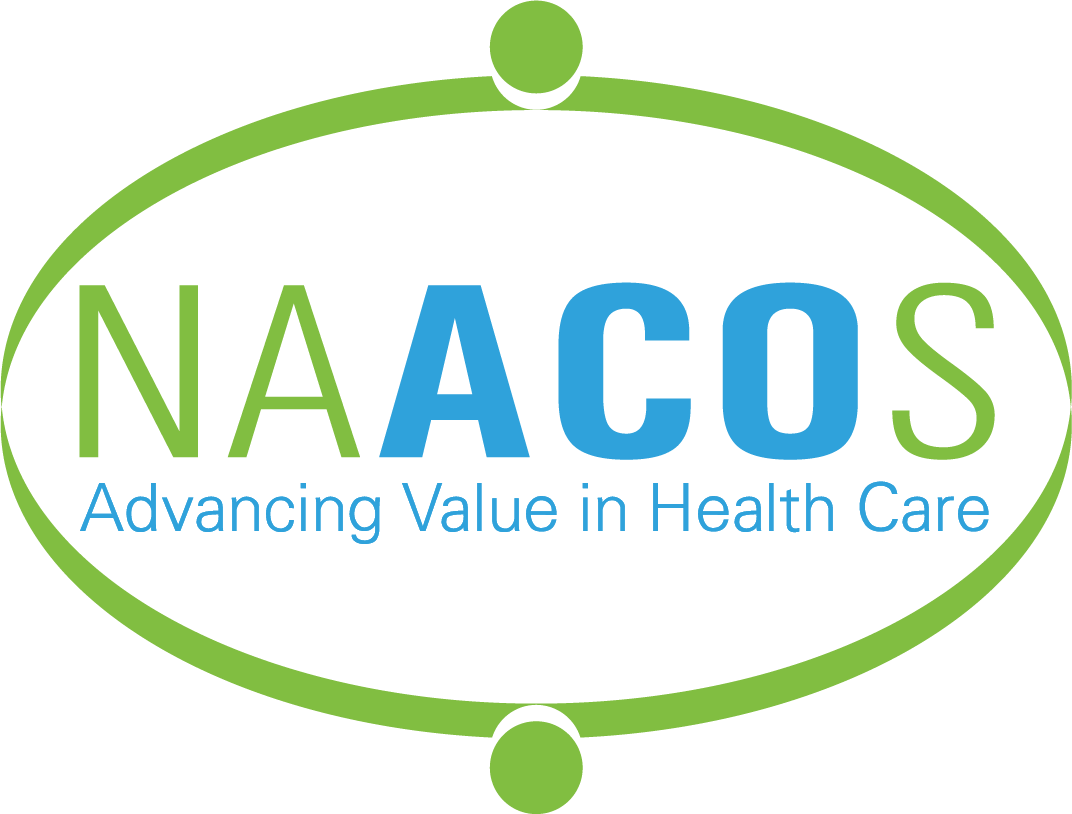A New Approach to Paying for Primary Care in the Medicare Shared Savings Program
March 20, 2023
Highlights:
- Innovative payment models within accountable care organizations (ACOs) would strengthen primary care and advance CMS’ goal of having all traditional Medicare beneficiaries in a care relationship with accountability for quality and total cost of care by 2030.
- There is broad multistakeholder support for a hybrid payment option within the Medicare Shared Savings Program (MSSP), including primary care clinicians, ACOs, consumer organizations, health plans and others.
- CMS should implement a hybrid primary care payment model within MSSP that accommodates the differing needs and capabilities of various primary care practice types.
By Ann Greiner, Aisha Pittman, Larry McNeely, Alyssa Neumann
Continued underinvestment in primary care, increased administrative burden, and lingering effects of the COVID-19 pandemic have dramatically undermined access to primary care that’s essential for better health. There is growing consensus that payment reform is necessary to create a robust primary care system, changing both how and how much we pay. Evidence has shown that prospective payments offer primary care practices the flexibility to transform care delivery and provide comprehensive, team-based care. Specifically, the National Academies of Sciences, Engineering, and Medicine (NASEM) recommends shifting primary care payment toward hybrid models that include prospective population-based payment in addition to a per-visit payment.
ACOs offer opportunity to test payment shifts
The accountable care model is built on a foundation of comprehensive, coordinated, team-based primary care and stands to benefit from improvements that strengthen that foundation. As the largest and only permanent ACO program, serving nearly 11 million traditional Medicare beneficiaries, the MSSP is well-positioned to drive primary care payment innovation. Given CMS’ existing authority to implement partial capitation within the MSSP and test new ways of payment through the CMS Innovation Center, the model offers the opportunity to rapidly implement hybrid payments for primary care.
Leading voices from the primary care and accountable care communities agree. On March 22, 27 diverse organizations, representing primary care clinicians, ACOs, medical groups, consumer advocates, mental health, and health care payers sent a letter to CMS leadership calling on the agency to establish a new hybrid primary care payment option in the MSSP this year. Additionally, the letter outlines six principles to guide the approach:
- Equity considerations must be embedded in the hybrid payment option.
- There will be added value for the Medicare beneficiary.
- The option must result in increased investment in primary care.
- The option must be fully voluntary.
- The option must be available rapidly and in all geographies.
- Implementing this option will create additional value for Medicare.
Two payment approaches to recognize varying practice needs and capabilities
The Primary Care Collaborative (PCC) and National Association of ACOs (NAACOS) brought together ACOs and primary care stakeholders to discuss implementation of a hybrid payment option within the MSSP. These discussions uncovered three additional shared understandings that can and should inform CMS’ work. First, one size cannot fit all. In any given community, the primary care needs can differ; ACOs and primary care practices may have varying capabilities for managing population-based payments. Second, additional support may be needed to promote new entrants to join MSSP and ensure success for rural, independent, and safety net practices. Finally, increased investment in primary care is a must. While achieving this won’t necessarily be easy under CMS’ current requirements for models, delaying reconciliation or recouping the increased primary care payments through future shared savings can support increased investment in primary care. These strategies recognize the longer-term ROI of advanced primary care and the time it takes for new ACOs to generate shared savings.
To meet practices where they are and encourage broad participation, we propose CMS offer two payment approaches within the hybrid primary care payment option.
Approach 1: CMS pays prospective and per-visit payments directly to the primary care practices, with a portion paid to the ACO. Participating practices and ACOs would select from a range of options based on practice capabilities and the services included in capitated payments. The payment portion withheld for the ACO could be used to fund infrastructure, data analytics, care coordination services, and performance incentives for delivering high-value care. The options selected would be mutually agreed upon by the ACO and the participating practices. This approach will likely be most suitable for ACOs that lack the infrastructure and experience to administer payments.
Approach 2: CMS makes payments directly to the ACO, which administers the capitated payments to participating primary care practices. This approach is similar to the methodology being tested in the ACO Realizing Equity, Access, and Community Health (REACH) Model and is likely most suitable for ACOs with the experience and infrastructure to pay practices. Similar to the first approach, the downstream payment arrangements would be mutually agreed upon by the ACO and its participating primary care practices, with details outlined in the Participation Agreements. In addition to sub-capitation, payments from the ACO may include a bonus pool or other incentives to reward the delivery of high-value care.
Guided by the principles described above, a hybrid primary care payment option in MSSP can help Medicare, primary care practices, and ACOs deliver better health. We encourage CMS to rapidly implement these approaches. CMS should send a clear signal of agency action on the proposal this year.
